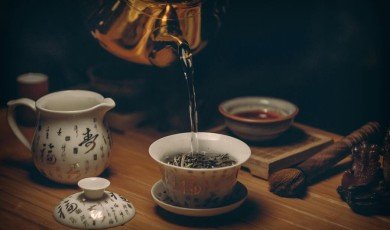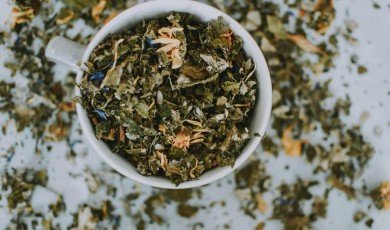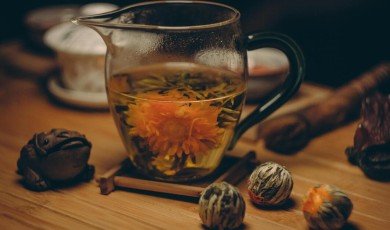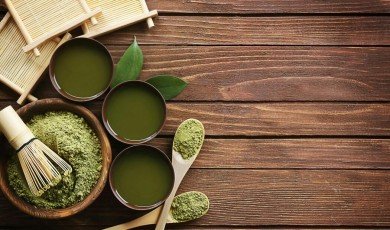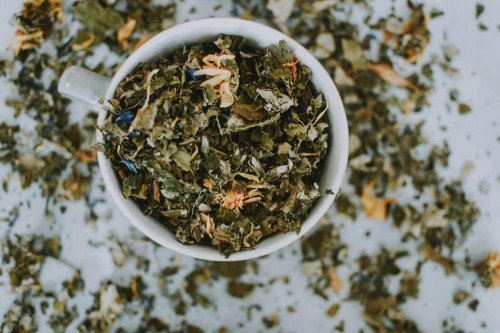
Tea has the power to take you places without leaving your chair. Each blend carries a story of soil, climate, and culture, turning every sip into a small journey. A good tea shop isn’t just selling beverages; it’s offering tickets to explore the world, one cup at a time.
Tea as Cultural Exploration
Every tea tells the story of where it comes from. A delicate white tea whispers of misty mountains in China. A spicy chai brings the vibrant energy of India. A soothing rooibos carries the warmth of South African sunsets.
For tea lovers, exploring flavors is also exploring cultures. Tea connects people to traditions, rituals, and histories across continents. A well-curated tea shop understands this and turns its shelves into a map of the world, with each blend offering a different destination.
Italy’s Growing Tea Appreciation
Italy is famous for coffee culture, but tea has quietly been gaining ground. Italian consumers are increasingly drawn to premium teas and herbal infusions, especially those that emphasize wellness and sensory experience.
What makes tea resonate with the Italian market is its ability to combine flavor and ritual. Italians value moments around the table, and tea, like coffee, becomes a reason to pause, connect, and savor. For brands entering this space, cultural sensitivity is key. Communicating tea’s story in a way that aligns with Italian traditions and lifestyle makes the experience more meaningful.
This is why professional language and cultural expertise matters. Services like Polilingua help brands adapt their stories to the Italian market, ensuring that every description and message carries the same warmth and authenticity that Italians associate with shared drinks and moments.
A Journey in Every Cup
When customers walk into a tea shop, they are often seeking more than taste. They are looking for an experience. A Moroccan mint tea can evoke bustling souks, while a Japanese matcha can create a sense of calm rooted in centuries-old rituals.
Tea shops that succeed in offering “flavors of the world” understand that they are also curating emotions and memories. They don’t just sell a product; they invite customers on a sensory voyage.
Blends as Bridges
Blended teas create unique opportunities to connect cultures. A mix of green tea with Mediterranean citrus can combine Asian tradition with European flair. Herbal infusions with lavender and chamomile can evoke both English gardens and Italian countryside evenings.
By blending flavors and cultural references, tea becomes a bridge, a way to bring worlds together in one cup.
Storytelling Through Taste
Part of what makes tea special is how it allows for storytelling through flavor. A shop offering teas from around the globe can use descriptions and origins to create narratives that transport customers.
For example, describing a Darjeeling as “the champagne of teas” highlights both its elegance and cultural significance. Presenting a Sicilian lemon infusion as “a sip of southern sunshine” connects taste to place and feeling. Language turns a drink into an experience.
Adapting to Local Cultures
Offering international flavors isn’t just about importing leaves. It’s about presenting them in a way that resonates locally. A tea that is popular in Japan might need a different introduction to appeal to Italian customers, focusing on shared values like ritual, family, and taste experience.
This is why accurate, culturally adapted communication is vital. A good translation doesn’t just convey ingredients; it conveys the story and emotion behind the tea. That’s what turns curiosity into connection and a first purchase into loyalty.
Creating a Global Tea Experience
A tea shop that focuses on global flavors can become more than a store, it can be a cultural hub. Hosting tastings, sharing stories of tea origins, and celebrating different traditions make the experience immersive.
This approach appeals to the modern consumer who seeks authenticity and connection. Tea becomes not just a product to drink but a way to experience the world and its cultures.
Conclusion: The World in Your Cup
“Flavors of the World” captures the magic of tea’s diversity. Each cup is an invitation to travel, to taste, and to connect with traditions far beyond our own.
For tea shops, honoring that magic means respecting both the origins of the tea and the culture of the customers who drink it. And when entering markets like Italy, where tradition and flavor are deeply intertwined, the right words matter as much as the right leaves.
That’s where services like Polilingua help preserve the authenticity of tea’s story, ensuring that when an Italian customer picks up a blend labeled “flavors of the world,” they feel that promise in every word and every sip.
Tea is more than a beverage, it’s a passport. And with the right storytelling, every cup can become a journey worth taking.



